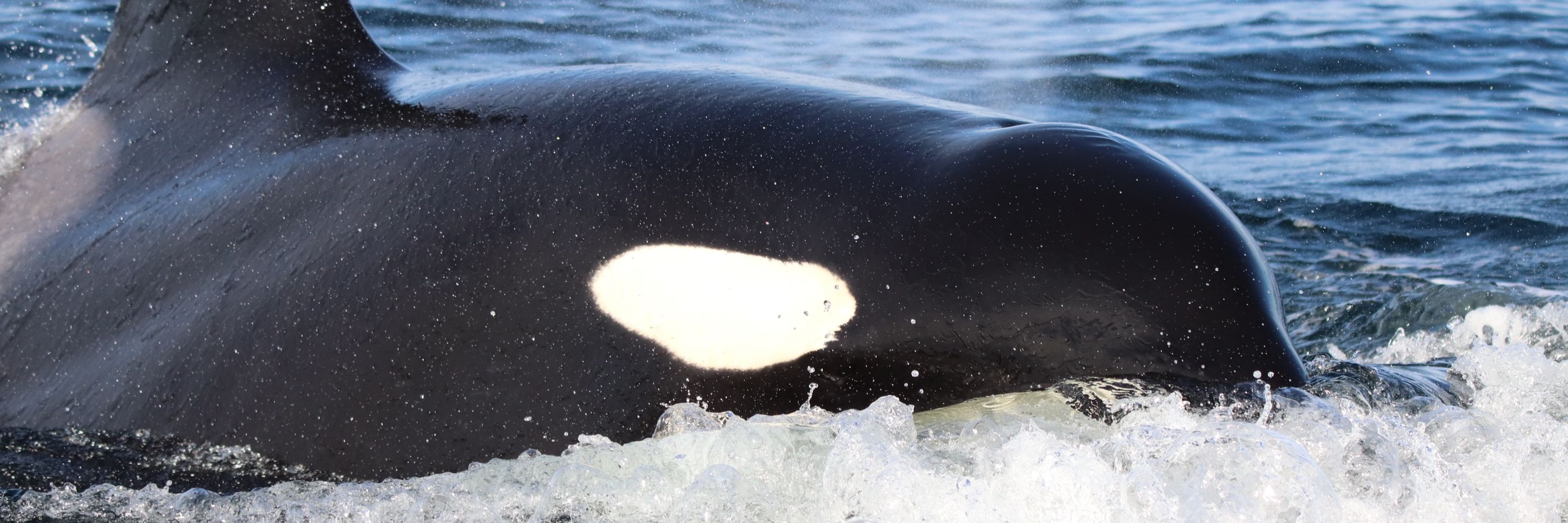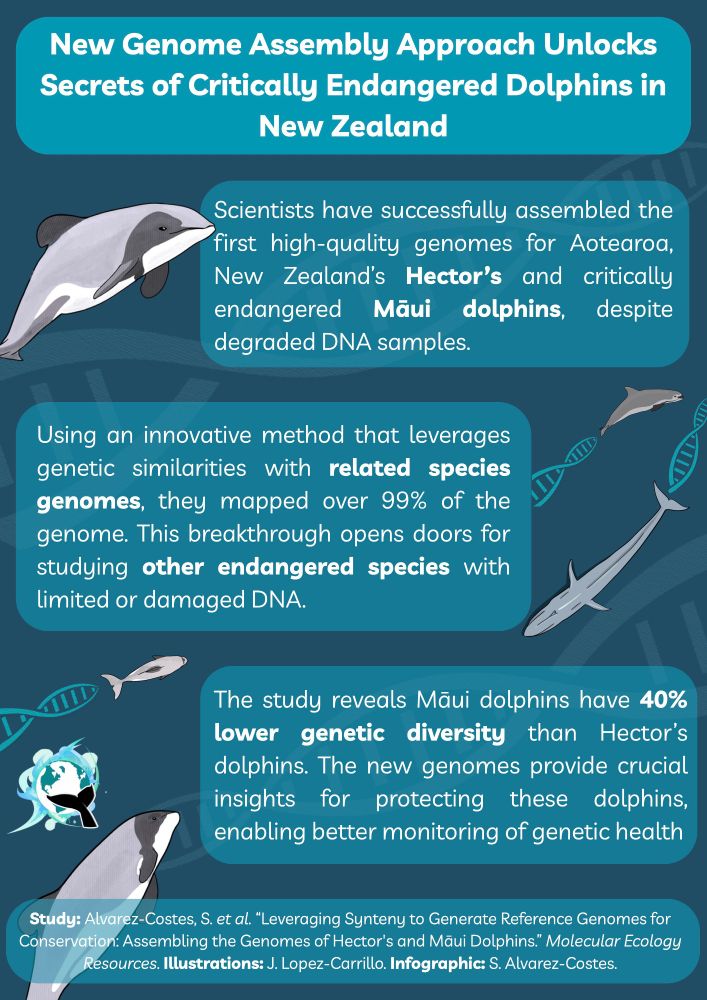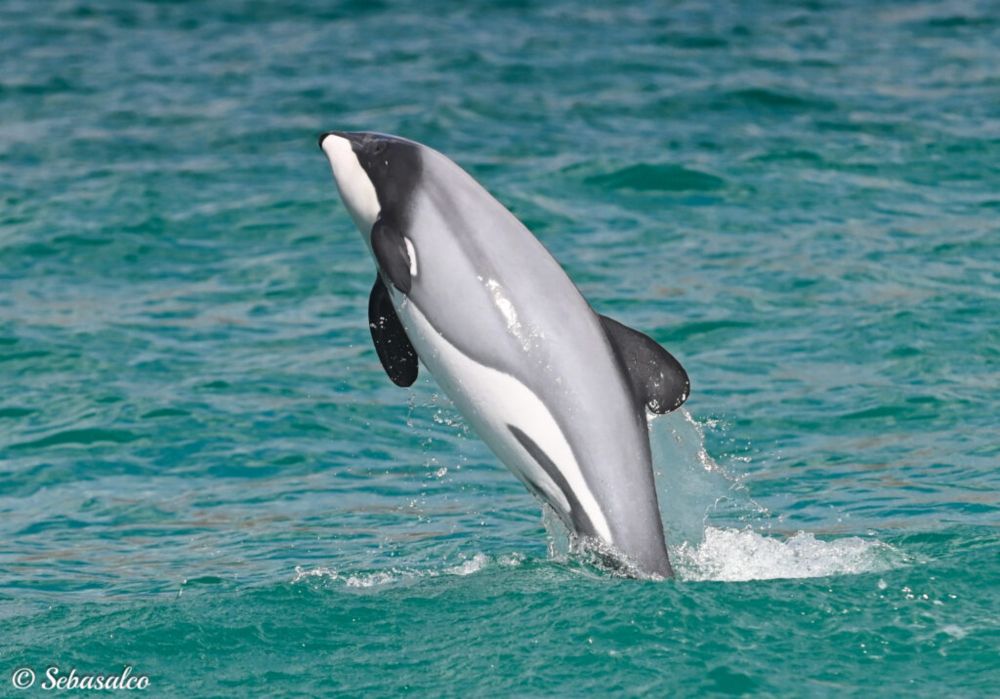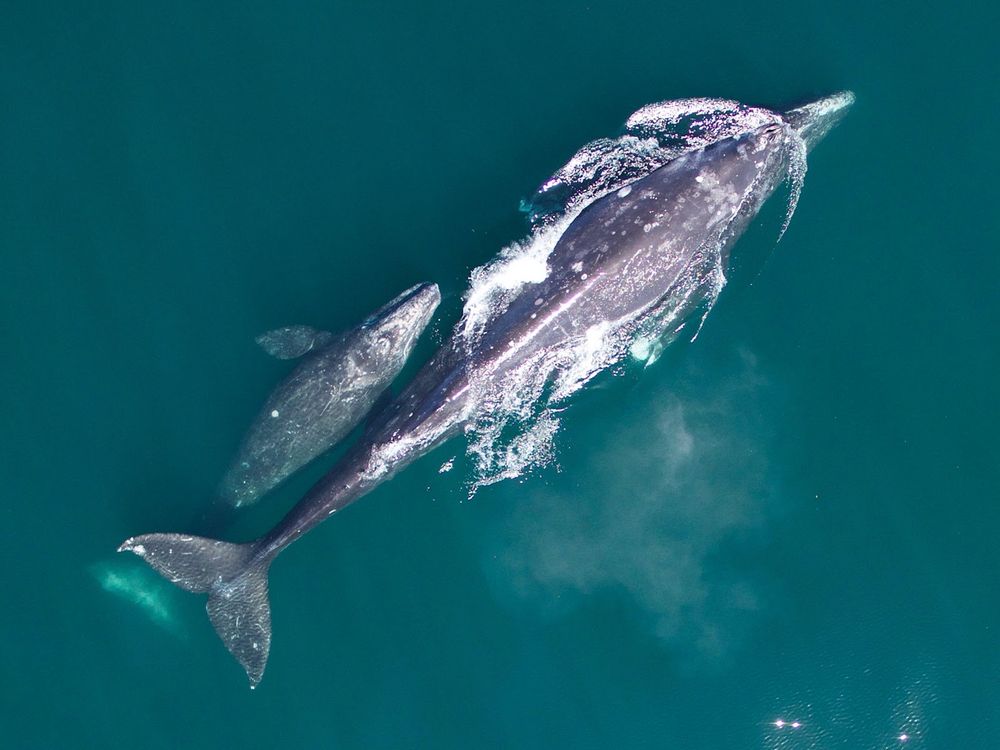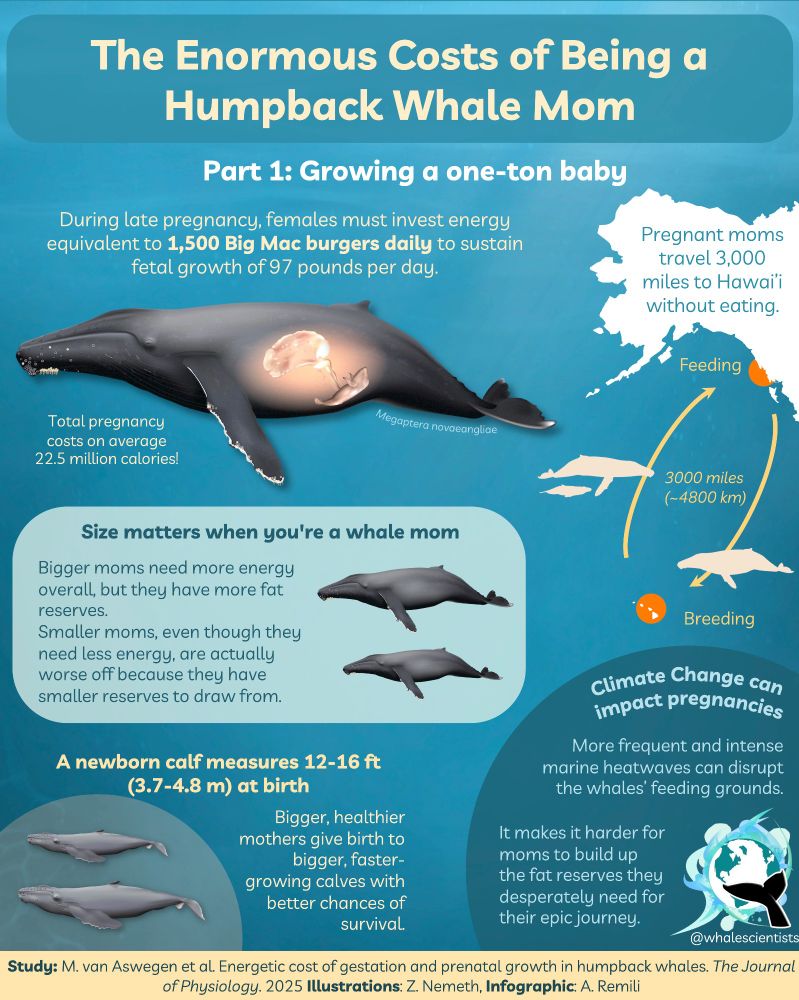Whale Scientists
@whalescientists.bsky.social
260 followers
160 following
22 posts
Whale Scientists is a blog created by early-career researchers to share knowledge about whales and dolphins. Our website aims to be a platform where people from all backgrounds can learn a thing or two about marine mammals.
Posts
Media
Videos
Starter Packs
